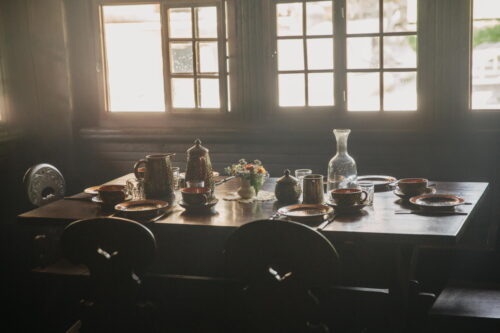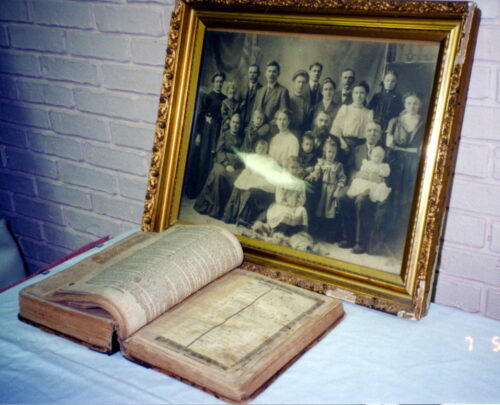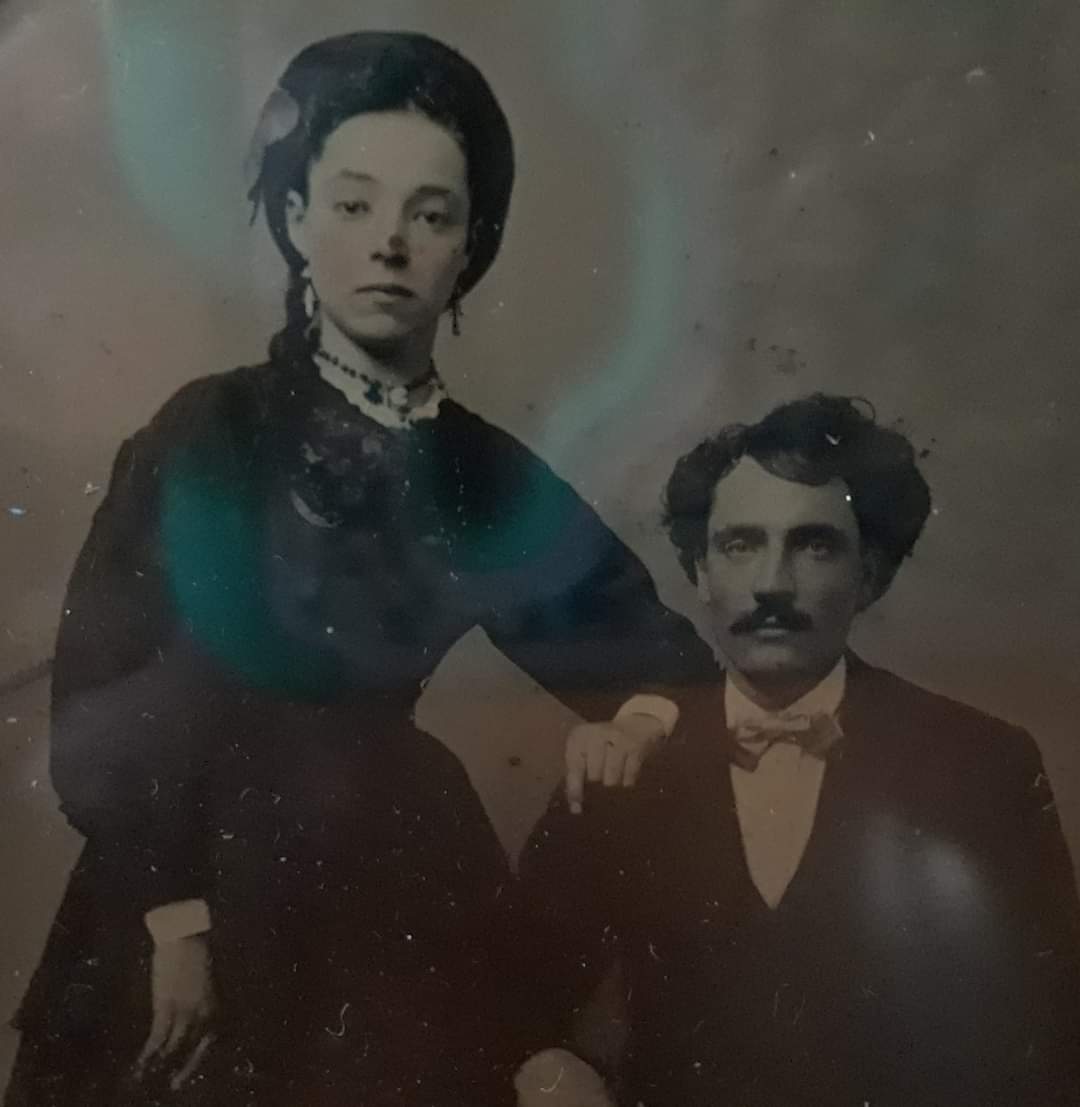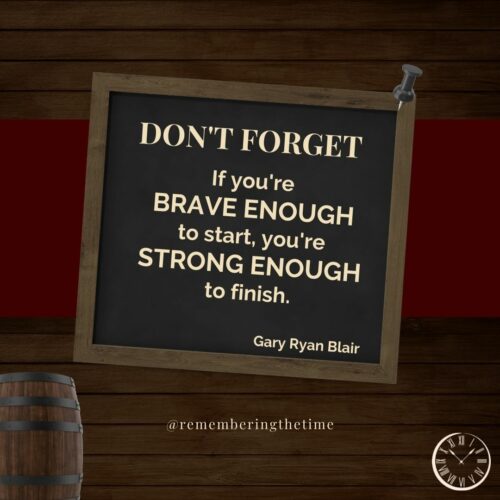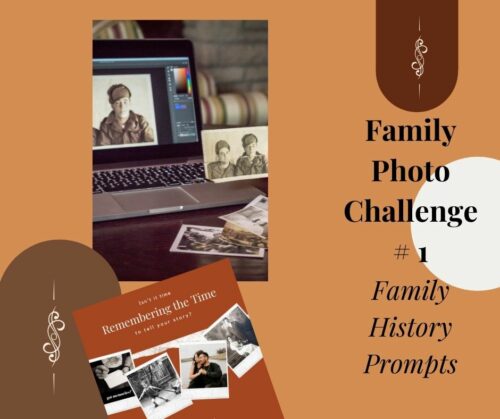As we leap into spring here in the U.S. I want to introduce you to my friend Victoria MacGregor from down under in Australia. She’s shared part of a Roman travel adventure with us in the guest post below. Wrong Way in Rome was first published in the Australian newspaper in 2018.
A little about her:
Victoria says the Covid-19 lockdown of 2020 put a temporary damper on her travel plans. However, with a strong desire to do something tangible and memorable, she started to write.
Over the course of her working life, Victoria spent time in business administration management and was a small business owner for over 15 years. She’s no stranger to e-newsletter writing and blogging and has recently discovered a love for writing short stories. Her passion for sharing family history inspired her to write a children’s book and she has a novel and a memoir in the works. Victoria says, “I see lots of open doors! We’re never too old to start something new. Shake that grey matter loose and have a bit of fun doing it.”
Wrong Way in Rome – Victoria MacGregor
We plan our own travel. Mapping out the adventures is almost as much fun as the travel itself. We have a spreadsheet. A colossal, ridiculous database of dates, hotels, flights, trains, currency
conversion, and budget. Nothing ever gets left to chance. Keeps us honest with time and money.
However, like most travel escapades, there’s got to be something unforeseen and overlooked that creeps into the experience and smacks us around the head.
As it happened to us, two and a half months into a four-month, 14 country, European post-retirement mega journey in 2014.
By the time we arrived at Stazione Tibertina in Rome from Venice, we’d stepped into nine countries. Starting in Turkey, weaving our way through Greece, Croatia, France, The Netherlands, Germany, the Czech Republic, Poland, Austria, and then Italy.
The mercury soared that September, but we managed to take in every inch of this magnificent city on foot in only three days. Ancient masterpieces interwoven with modern chic. It’s Roman magic.
Next stop, picturesque Positano. We reviewed the spreadsheet before bed, train tickets to Solerno at the ready, metro times confirmed, alarm set, ready.
Train departure at approximately 9:15 AM. We arrived confidently with almost an hour to spare. Perfect, time for coffee. We were getting good at this. Problem, our train, #1911, wasn’t listed on the departure board. As the minutes ticked by, other trains scheduled to depart after #1911, were getting displayed. #1911 wasn’t.
The queue at the service desk was growing with other confused travelers hoping for answers. Showing the attendant our tickets, anticipating an apologetic explanation, we received quite an unexpected response. “Sorry, you are at Stazione Tibertina. Your train is at Stazione Termini.”
Two stations? Our dumbfounded looks of complete and utter embarrassment prompted the attendant to continue, “If you hurry, you can get on the metro, Stazione Termini is the next stop. You have 10 minutes.”
We ran, bags thumping behind us, down the stairs, into the train, doors shut. Made it. Well, not quite.
In our panic, we’d leaped into a metro going in the opposite direction. Away from Stazione Termini. Frustration was evident by the steam emanating from our ears.
We got off, switched metro and sprinted to Stazione Termini. Train #1911 had left without us, on time. Our final option, purchase another ticket, departing in an hour… from… you guessed it…Stazione Tibertina. Tears, oh yes, there were tears.
#
I trust you enjoyed Victoria’s story as much as I did. Following are a few ways to connect with her. She does fantastic work with family photos using Ponga as well.:
http://www.victoriaspress.com
contactvictoriaspress@gmail.com
On Instagram @victoriaspress
And her delightful children’s book Grace and Tommy’s Frosted Adventure! Click the title to find it on Amazon. I’ve already got my copy!
Stay tuned for Victoria’s memoir, when it’s published I’ll let you know.
In the meantime, I bet one of your own travel adventures came to mind as you read Victoria’s story, write about it for your memoir! If you need help deciding how best to tell your story or need editing or an editorial assessment, I’m available to help. Reach out and let’s chat about your project.
All the best,
Karen
(Photo courtesy Gabriella Clare Marino via Unsplash)

